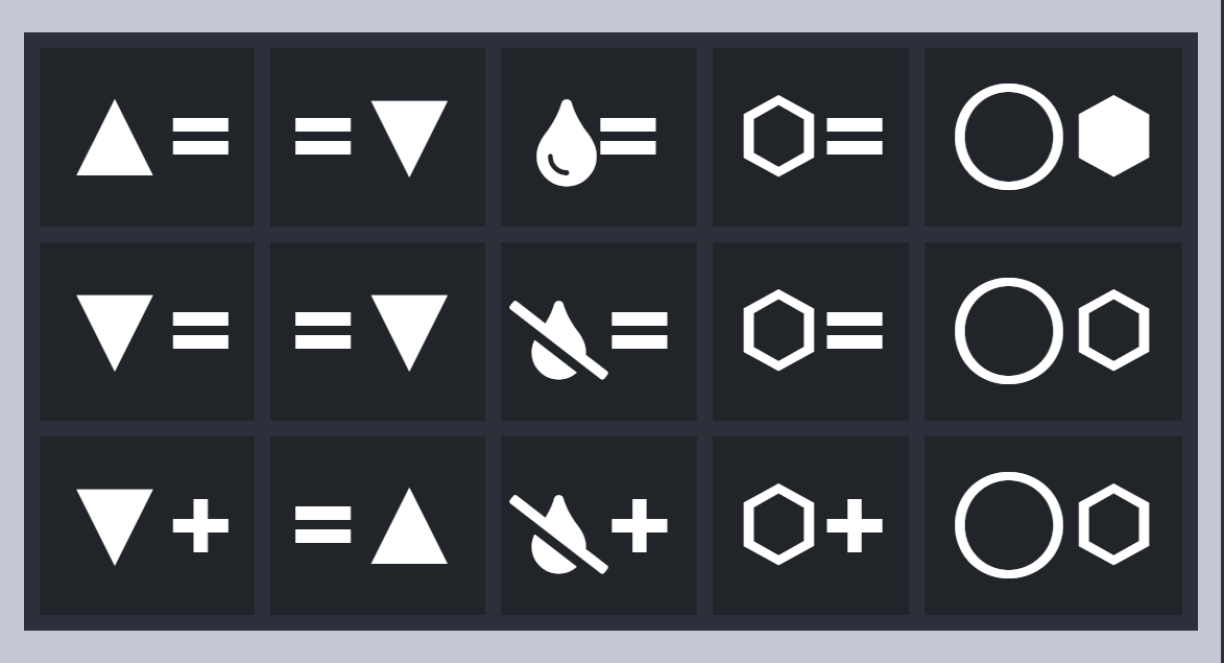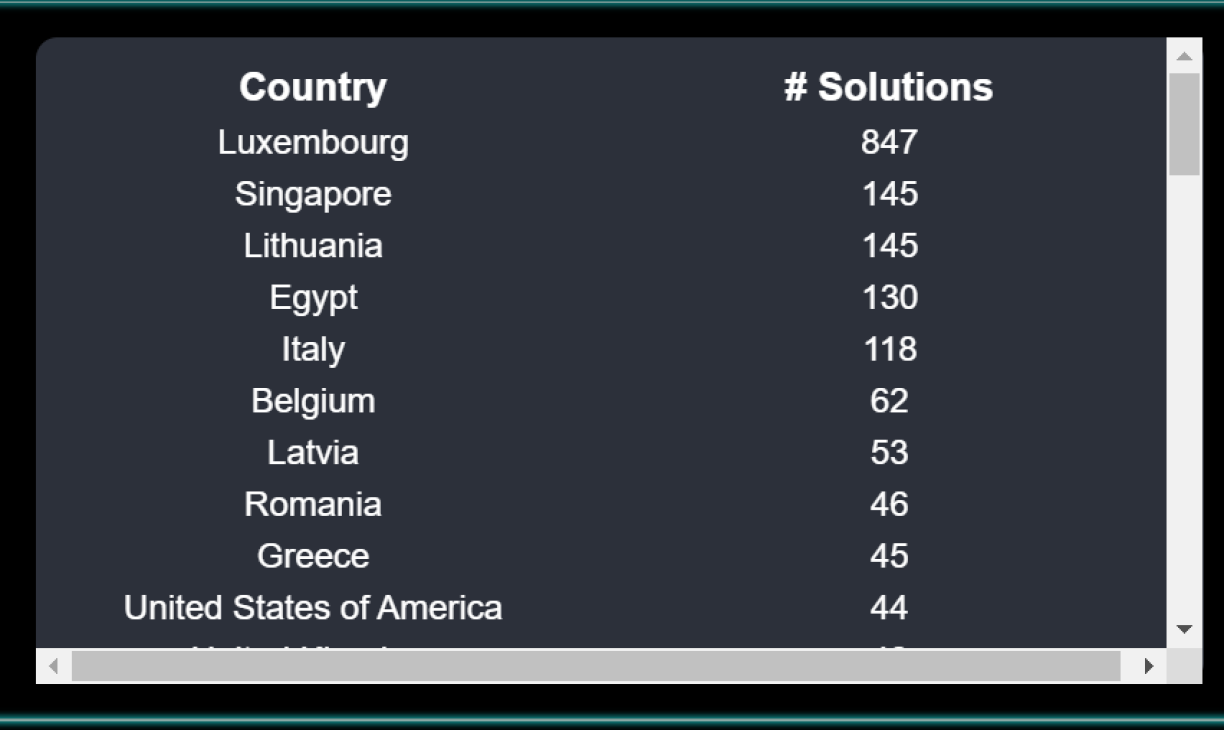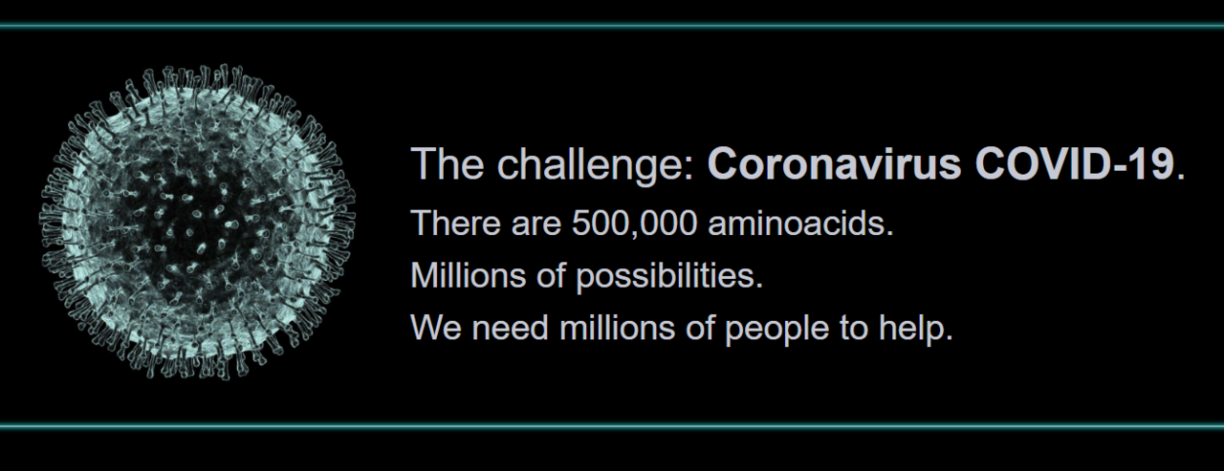
Following on from last week’s post on highlighting the principles behind sequencing, we reached out to the peeps behind the sequence mapper on Analysis Mode.
Who is/are the brains behind the outfit?
My name is Tiago Roberti Sampaio, originally from Brazil. I’m passionate about language studies, not only about human spoken language, but also the universal language of DNA and chemistry. My interest in the health industry began as I grew up watching my grandfather taking 10 medications per day, many of these being part of his blood cancer treatment. I couldn’t help but wonder what are behind these ‘miracle pills’ and if they’re actually needed.
How did that shape your view on medicine?
At that time, my father was on similar journey. He was challenging the doctor’s advice of taking Hyperthyroidism medication for the rest of his life. He read many medical books and shared the knowledge with me as we would spend hours reading medicine packagings to analyse its chemical compounds.
Another language that sparked my interest were computer languages. These were the ones I had total control of. I would spend hours learning how to ‘talk to computer’ in its own language and understand how it works. Therefore I decided to follow a technical career.
On my way to becoming a computer scientist, I’ve encountered the DNA language once again. My professor - Robson Lopes - was a PHD-student in Bioinformatics. He shared about how a computer could help with the challenges of genomics and immunology, without having to be a chemist or medical doctor.
And this then became a more concentrated field of study?
Yes, I quickly enrolled into the Bioinformatics research program. In which I was tasked to research how to predict the formula for a protein-based vaccine for the Chagas disease - very common in the Americas. While the research was exciting, I found to be lacking resources and opportunities that a private company could provide. So I decide to venture into the startup world.
Right after graduation, I moved to Finland - a land of ice and startup opportunities.
During my stay I’ve co-founded three companies in the fields of: AI for natural language processing; data protection and data lake; digital twin technology.
After four years in Finland, I decided to move to central Europe. Since 2019, I’ve been living in Luxembourg, working at Amazon and actively participating in the Luxembourg’s startup scene on a free time.
Why did you decide to provide the online tool?
I want to show humanity that you do not need a masters or PHD to make an impact in medical research.
Back in university, I’ve participated in vaccine research with the local laboratory of immunology. As a computer science graduate, I was in charge of writing algorithms to speed-up vaccine discovery.
So far I’ve taken my passion for immunology research as a hobby, but when the outbreak happened, I saw the need to combine my knowledge of AI, bioinformatics and genomics to create a tool that would empower everyone, even without prior scientific knowledge, to contribute to research and help to find the vaccine.

Is sequence mapping as easy as it seems?
For humans, yes. We are born with the ability to detect patterns everywhere, that’s the way the human brain is able to learn and create memories about new things. For example, just notice how humans are able to see facial patterns in anythings, from abstract arts to bread-toasts.
The sequence mapping we do at AnalysisMode is about detecting patterns in the amino-acid chemical properties of the vaccine formulas of SARS 2003 outbreak, and being able to apply to same pattern to create a vaccine for the new COVID-19 - both being the same family of coronavirus.
Why do you think it is important that the public sees the idea behind sequencing?
I believe people should learn how a virus infection works rather than just fearing it, so they would be able to help scientists and also learn of how our bodies work.
Each one of us is born with a supercomputer in our heads. Quite often, we forget this fact and trust our future with computers in our pockets and homes. We have the power of creativity and pattern recognition, things that a computer isn’t capable of doing.
How has your personal life changed since the outbreak began?
I’ve been following close the outbreak since it began in China. This outbreak was something predicted by Bill Gates in 2015 and many other scientists already knew it would happen again.
The danger of the microscopic world isn’t new for me. Last year, my grandfather became an amputee after fighting against a super-bacteria infection. A specific type of bacteria commonly found in hospitals and resistant to almost all antibiotics today. If such would spread, we would have much bigger problems than coronavirus.
We are amidst a health crisis, being unable to produce antibiotics, antivirals, and vaccines in a short period of time.
With this in mind, I feel now fully committed to search for a solution that could stop all diseases and infections.
The outbreak totally disrupt my life routine. I started to work from home and had to cancel all travels.
But on the other hand I am happy to spend more time in Luxembourg, and focusing on how to solve this crisis.
I’m trying to see positive outcomes in all situations and keeping myself motivated about a better future.

How long do you think it will take before the situation calms?
I believe Europe will follow similar pattern as China, having to wait three months until the life gets back to normal.
It is hard to predict. It depends on how countries will act on a local level. Quarantine and flattening the curve is important.
Professor of epidemiology Mark Lipsitch says it might last half a year and more than 50% of population should get infected before we get immunity.
I would be on a more positive side and say it should calm around May.
One thing is for sure - the world will never be the same, and we will have time of transitioning back to feeling safe to travel, go to events, and handshaking others.
If people would like to know more, where should they go?
For the tool to help find vaccine for COVID-19 visit www.analysismode.com.
Also, there are other companies trying to help too.
The biggest player in the field is CitizenScience, an association to enable the practice of public participation and collaboration in scientific research to increase scientific knowledge.
Through citizen science, people share and contribute to data monitoring and collection programs. Usually this participation is done as an unpaid volunteer. https://www.citizenscience.org/